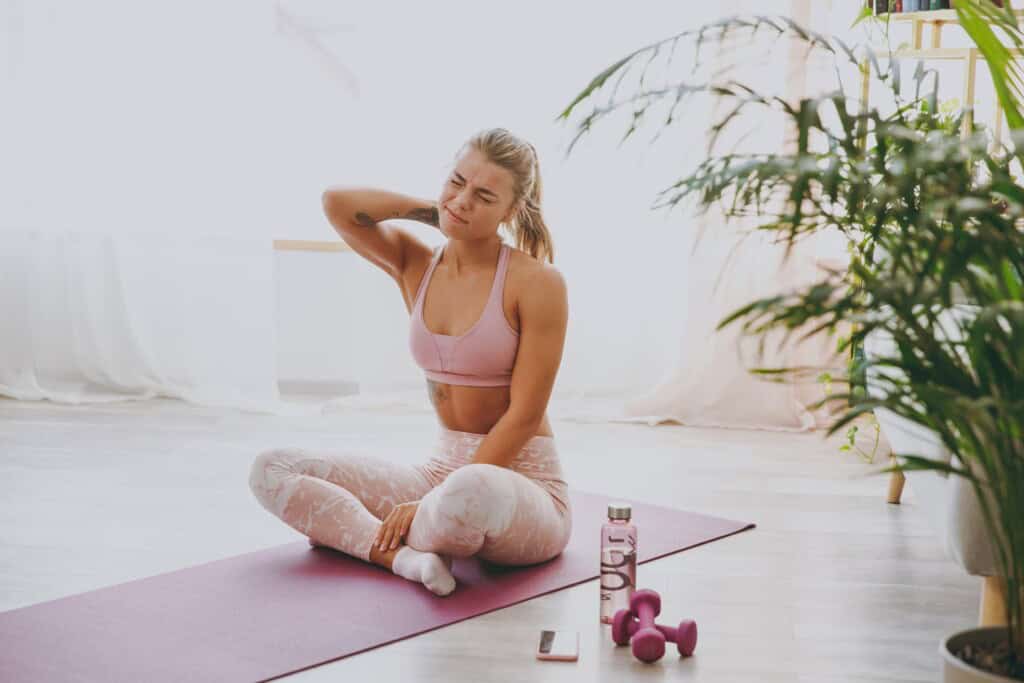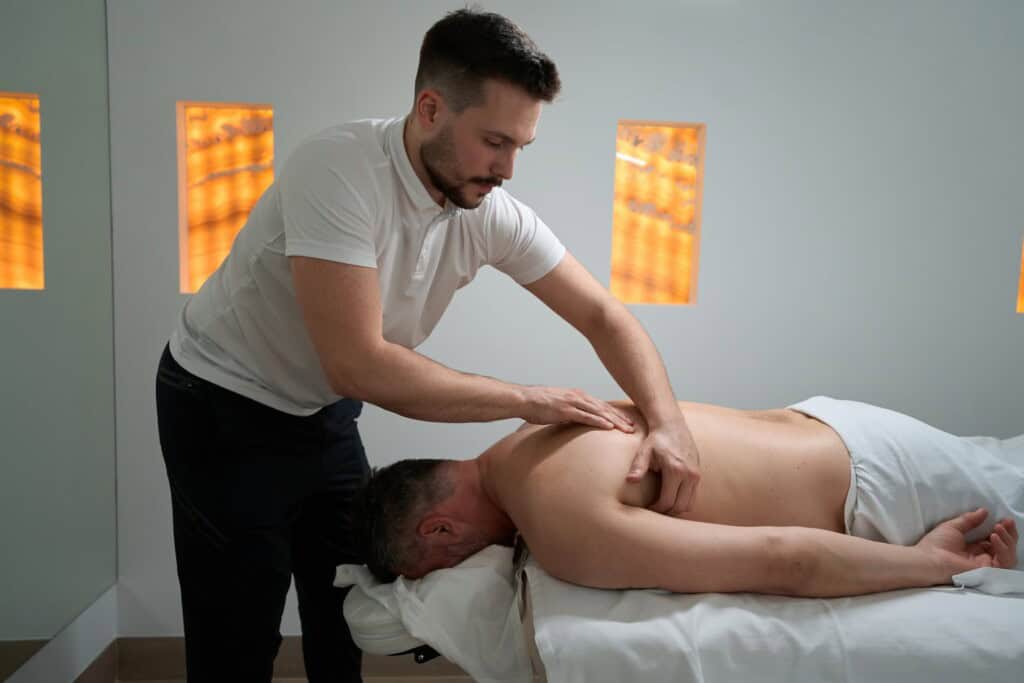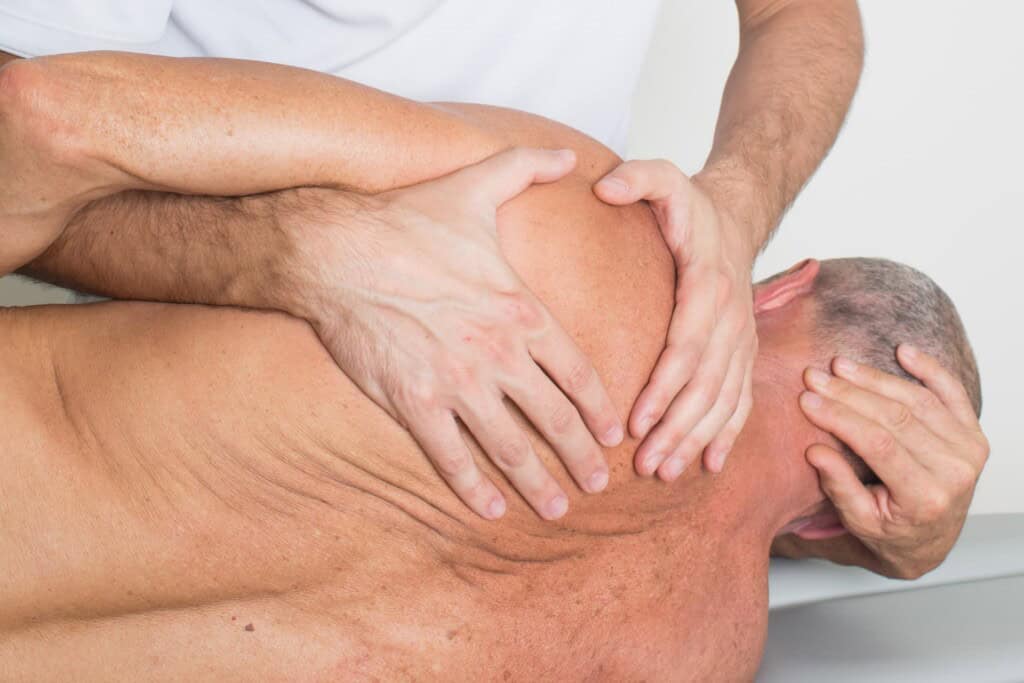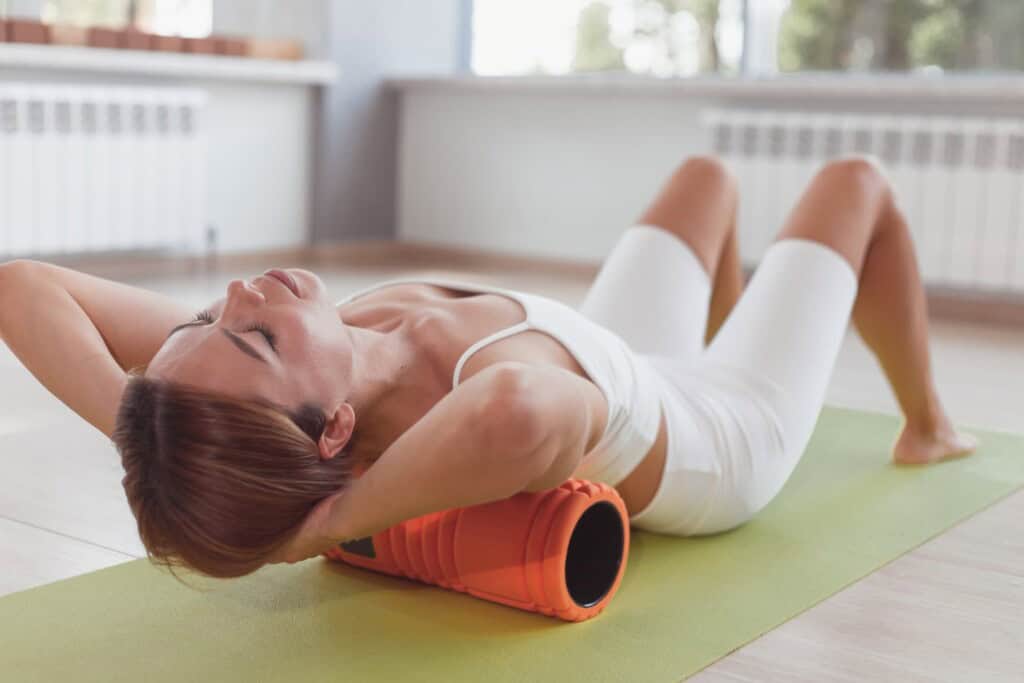You know that moment when you catch your reflection in a window and barely recognize your own posture? If you’re living with kyphosis, you’re likely familiar with the daily struggles: persistent upper back and neck pain, difficulty breathing deeply, headaches that worsen throughout the day, and that compressed feeling in your chest that just won’t go away. Whether you’re struggling to sit comfortably through a workday or feeling self-conscious about your posture in photos, kyphosis can impact nearly every aspect of your life.
As a bodywork therapist who’s worked with hundreds of kyphosis clients, I’ve seen how this condition can chip away at your confidence and energy. One of my clients, a former dancer turned executive, perfectly illustrates this struggle – she’d gone from performing on stage to taking pain medication just to get through her workday.
But here’s what I want you to know: while you might feel stuck right now, there’s likely a crucial piece missing from your treatment puzzle. That’s where bodywork comes in – not as a miracle cure, but as the missing link that could help you finally make real progress in your kyphosis journey.

Kyphosis isn’t just “bad posture” – it’s a complex condition that can develop for various reasons:
Several factors can contribute to or worsen kyphosis, including:
In some cases, kyphosis can lead to complications like illocostalitis. This happens when the muscles between your ribs stick to the ribs themselves, making it harder for your ribs to move freely. As a result, deep breathing becomes more difficult. Many people experience chest pain because of this, which is sometimes mistaken for a heart attack.

If you’ve been dealing with kyphosis, you’ve probably tried strengthening exercises, stretching routines, and posture correctors. While these methods are valuable, they often miss what’s happening beneath the surface – in your body’s fascial system, the three-dimensional web connecting everything in your body.
When you develop kyphosis, this web gets stuck in patterns that regular exercise alone can’t address. I’ve worked with many clients, including experienced yoga teachers and fitness professionals, who despite their strength and flexibility still struggled with persistent symptoms.

Using gentle, sustained pressure, we help loosen the tight tissue in your chest and upper back that’s pulling you forward. One client, a software developer, could breathe much more easily after just three sessions of fascial work.
We focus on:
Those tender knots in your back aren’t just uncomfortable – they’re making your posture worse. We focus on releasing tight spots in:
Using these complementary techniques, we:

When working with age-related curves, safety comes first. We focus on:
This type responds particularly well to bodywork. Our approach includes:
While we can’t change the shape of the vertebrae, we can make a significant difference in how you feel:

Improving kyphosis takes both professional care and your own efforts. Between sessions, I teach clients these simple techniques:
In our sessions, we’ll also work on easing breathing difficulties, reducing pain, and improving your mobility.

Living with kyphosis doesn’t mean you have to settle for discomfort. The goal isn’t just to change how your spine looks. it’s to help you move, breathe, and feel better every day.
With regular bodywork and the right techniques, you can ease your symptoms and build a better connection with your body.
Ready to get started? Book a consultation today, and we’ll create a treatment plan just for you.